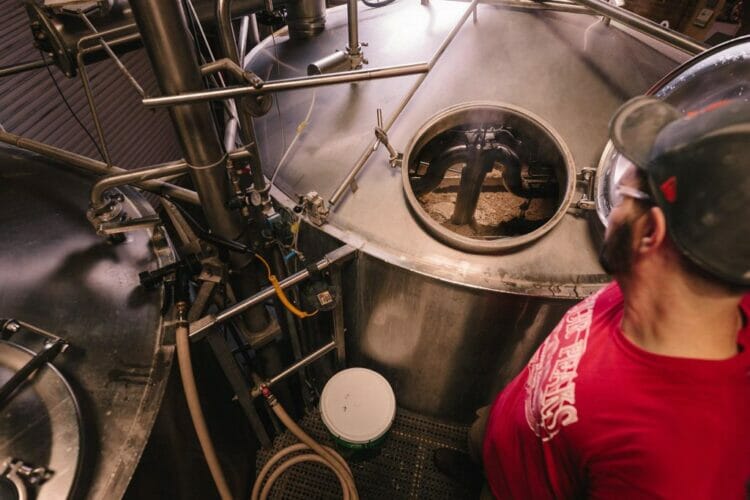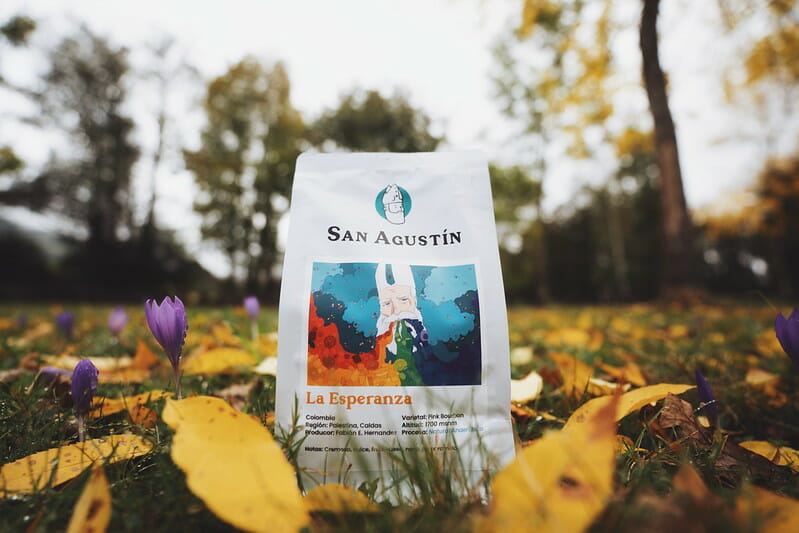
A winemaking technique that has revolutionized the coffee industry.
Anaerobic fermentation has been trending in the coffee industry lately, especially since Sasa Sestic, the 2015 WBC Championship winner, popularized the method. In fact, of the top six finishers in the 2018 WBC competition, five used the anaerobic fermentation process for their coffee beans. But did you know that this fermentation technique is actually a reference to winemaking? Yes, it's used to experiment with coffee beans, and the results can sometimes be incredible.
Fermentation: a key process in coffee making.
During the processing of green coffee beans, the level of fermentation can greatly affect the final flavor of the coffee. There are two types of fermentation: aerobic and anaerobic. While anaerobic fermentation is more controllable, aerobic fermentation is more difficult to monitor due to the many environmental variables. Although most traditional processing methods are aerobic, anaerobic fermentation has gained ground in recent years. It's important to keep in mind that balance is key to not destroying the coffee's flavor!

A technique that can result in unique and surprising flavors.
Anaerobic fermentation, also known as carbonic maceration, is a technique used in red winemaking. It involves placing grapes in a sealed container filled with carbon dioxide to enter an anaerobic state, allowing the fructose in the grapes to be converted into alcohol without the need for yeast. This process results in a wine with a smooth aroma and rich flavor.
The coffee beans Sasa Sestic used in the 2015 WBC Championship were Rume Sudan beans from the Las Nubes farm in Colombia. According to him, the anaerobic fermentation process involved placing the ripe coffee fruit in a sealed container and removing oxygen by injecting carbon dioxide. This allows for control over decomposition, pH, gas composition, humidity, temperature, and even the type and amount of bacteria involved in the fermentation, resulting in a more balanced and sweet flavor. However, there is no standard version of this processing method yet; it is still under development and lasts from 72 to 240 hours. Over time, the flavor can shift toward fermented flavors like cheese and yogurt, which is also very interesting!
Characteristics.
Anaerobic fermentation has some unique characteristics that differentiate it from other processing methods. First, the coffee fruit is placed in a stainless steel container, which does not absorb the flavor of the previous coffee beans, allowing for a cleaner taste. Furthermore, fermentation takes place in a closed environment, making it easier to control various factors and resulting in processed coffee beans that tend to be more consistent. This also reduces the volatilization of aromatic substances. Because it is carried out in an oxygen-free environment, anaerobic fermentation often produces coffee beans with flavors such as rose and lychee that are not easily found in traditional processing methods. Furthermore, coffee beans produced using this method typically have a fuller body and aroma.
Epilogue
There are so many coffee bean post-processing methods available today that it's exciting to see how each one creates unique flavors! One of the newer methods is anaerobic fermentation, which has its proponents and detractors. However, it's important to remember that coffee quality depends on factors such as variety, growing environment, and processing. While good processing methods can improve the quality of coffee beans, they can't work miracles for poor-quality beans. In the end, the most important thing is to find the flavor you like, regardless of the processing method. If you want to try something new, give the commercially available anaerobically fermented coffee beans a try!
